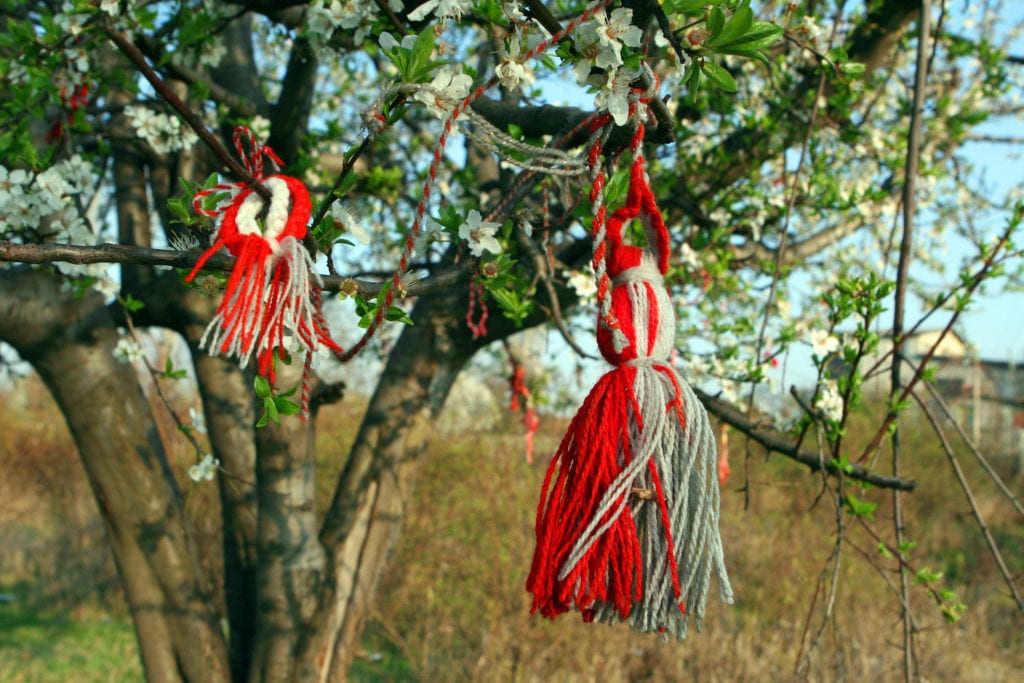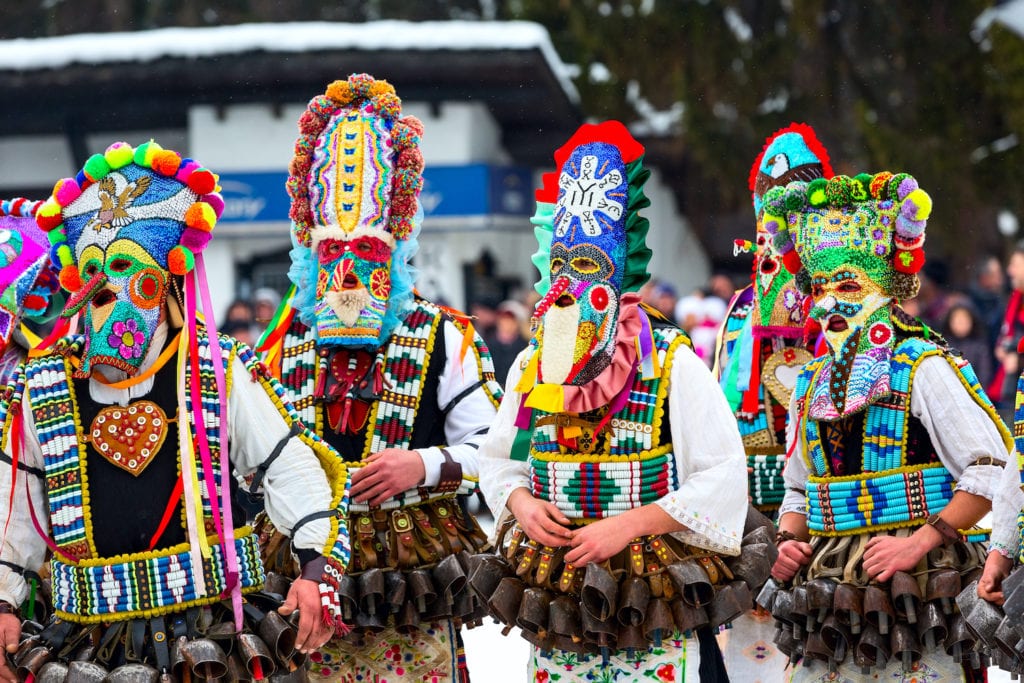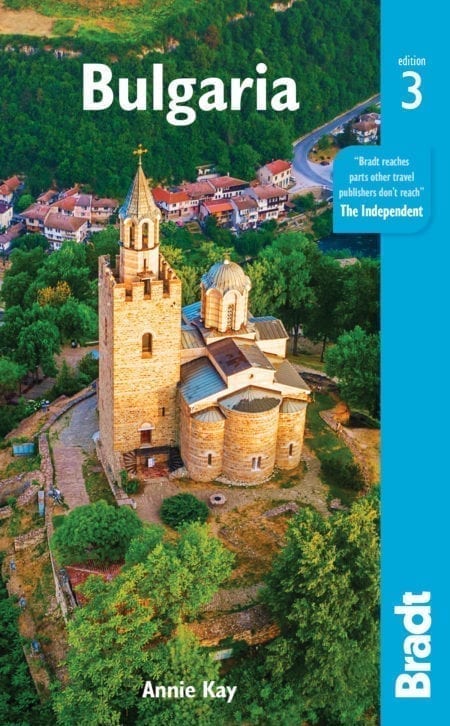At the time of its liberation from the Ottoman Empire in 1878, Bulgaria had been cut off from the mainstream of European culture for half a millennium. However, a pent-up energy and enthusiasm soon made themselves felt in every sphere, and today the country has seven inscriptions on UNESCO’s list of Intangible Cultural Heritage.
From community centres and folklore festivals to carpet-weaving and fire-dancing, these authentic traditions reveal the real Bulgaria.
Martenitsa
The martenitsa is a small token made of red and white wool, in the form of a tassel, a bracelet or necklace, or a couple of little figures, Pizho and Penda.

The tradition is to give one to friends and family on 1 March to bring them good health, good fortune and a good harvest. When a sign of spring is seen, a blossoming tree or returning stork or other migrant bird, the martenitsa is tied to the tree.
Chitalishta
Chitalishta are community centres established by local people all over the country, and are a key element of Bulgaria’s cultural heritage. Anyone can join.
The first ones were started in 1856 and since then they have always been an important part of local life, as meeting places, libraries and reading rooms. They continue to be popular, with older members passing on skills and memories to younger ones.
Koprivshtitsa Folklore Festival
This festival is held every five years; the next will be in 2025. The event is hosted by Koprivshtitsa‘s Town Municipality and the Ministry of Culture and aims to show the importance of preserving the living heritage of dances, stories and craft skills.
It is attended by thousands of Bulgarians, the diaspora and foreign visitors fascinated by the vibrant folklore on display.
Survakari festivals
These festivals in the Pernik region are a re-enactment of a ritual from Pagan times, but still a part of Bulgarian folklore. They take place on the holidays between Christmas and Easter, especially on 13 January, which was New Year’s Day on the old (Julian) calendar. Most villages have a carnival group, often with 50 or more performers.

The participants are dressed in animal skins and wear masks of strange-looking creatures with beaks, open jaws and horns. The participants parade through the streets with bells hanging from their belts, keeping step with each other. A mock wedding is enacted and every house in the village is visited, ending with dancing in the main square.
Chiprovtsi carpet-making
In the northwest village of Chiprovtsi (and Kotel in the eastern Balkan Mountains) the tradition of carpet-making continues. The rugs are woven on vertical handlooms, by the women of the village, who have learned the traditional motifs and patterns from their mothers and grandmothers before them.
Men produce and process the wool. The weavers observe certain beliefs and practices, such as praying and asking for success before starting a new carpet, and they sing and recount stories as they work.
Nestinarstvo fire-dancing
This ritual celebrates the feast days of Sv Konstantin and Elena (3 and 4 June) in the Strandzha village of Bulgari. Originally this was a Thracian ritual performed by a priest for the Sun God. Nowadays the ritual is believed to preserve the health of the village and its crops. The day begins with icons representing the two saints, blessed and wrapped in red cloth, being taken out of the village to a spring with holy water.
The procession is accompanied by bagpipes and drums. By the spring, candles and holy water are given to everyone to ensure their good health. The climax of the festival is the fire dance after dark, the greatest act of veneration. The people stand in a circle around the red-hot embers, the sacred drum is beaten and the Nestinari (spiritual leaders acting as the medium for the saints to express their will), tread the embers in a trance-like state.
Bistritsa Babi
The Bistritsa Babi are a group of mainly elderly women (hence the name Babi or grannies) who perform the rituals associated with the Shoplouk region (the area around Sofia). Wearing traditional costumes, they hold each other by the belt or sash and dance in a circle, anti-clockwise, stepping gently and singing. There are many variations.
A special dance for Lazaruvane (St Lazarus Day; held on the Saturday before Easter) is performed, a ceremony for young girls aged 16 or older to celebrate their reaching womanhood. The music known as shoppe-polyphony is complex and haunting, sometimes almost discordant.
More information
Learn more about Bulgaria’s intangible cultural heritage with our guide:
